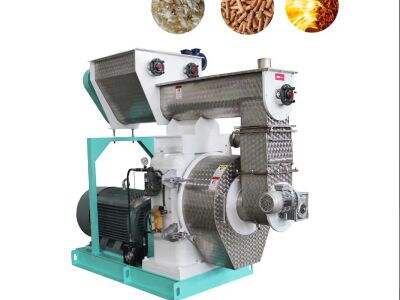Feed pellet mill are the machines which can make the small pellet with soft flat material. They do that by converting raw materials into something preferably tasty for animals, in easy-to-feed pellets. So to use your feed pellet mill better, here are some tips. We will discuss how to select the right materials, maintain hygienic equipment, adjust the mill settings to ensure you get the quality you want, and make sure you store your materials in a way that protects the integrity of your raw materials.
Selecting the Right Ingredients
Selecting the most suitable raw material for making good pellets is crucial. Your ingredients will determine how healthy and high-quality the end result is. Nothing but clean and safe, fresh high quality ingredients. Combine in the correct proportions so that each little pellet has all the nutrients animals require.
Keeping Equipment Clean
A third crucial step to consider is keeping your gear in order. Frequent observation and cleansing for feed organic fertilizer pellet mill are beneficial to normal work and obstacle free. Do clean the machine to clear out any remaining feed or dust that might otherwise clog it. By maintaining your tools you can make them last longer and work better.
Adjusting Mill Settings
The settings of the animal feed pellet mill is diametrical to product quality. Changing the temperature and pressure settings may affect the quality of the pellets. Be sure to have the machine set properly for the type of feed you are making and for the size of the pellets you desire. There are a few little things you can do to get better results each time by tweaking these settings.
Quality Control Measures
Testing the quality of the pellets goes a long way in minimizing the waste. You will be able to see those problems early and fix them by regularly looking at the pellets.” This helps guarantee that each pellet is at least decent. Checks for quality can consist of comparing pellet size and shape and inspecting equipment.
4 Keep Your Raw Materials Away and Safe
Proper storage and handling of raw materials is also crucial. Ensure that raw material is being stored in a clean and dry location and, if required, covered to prevent soiling and damage. Treat the materials with care so they remain viable for creating pellets. Applying these storage and handling best practices will assist you in producing optimal feed pellets.

 EN
EN















